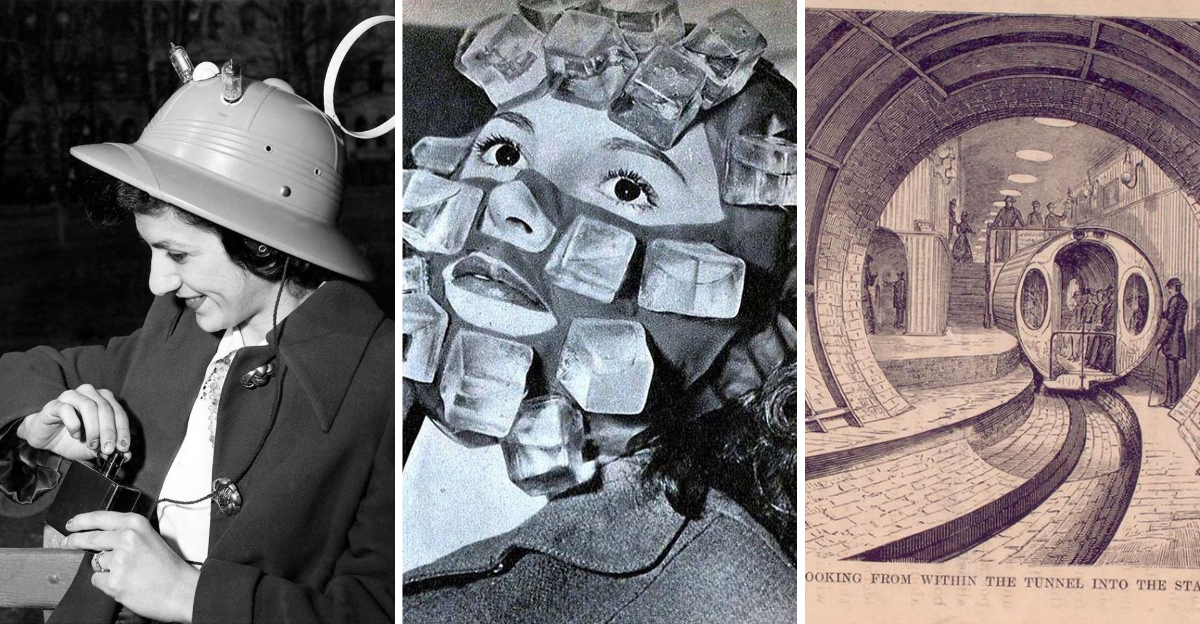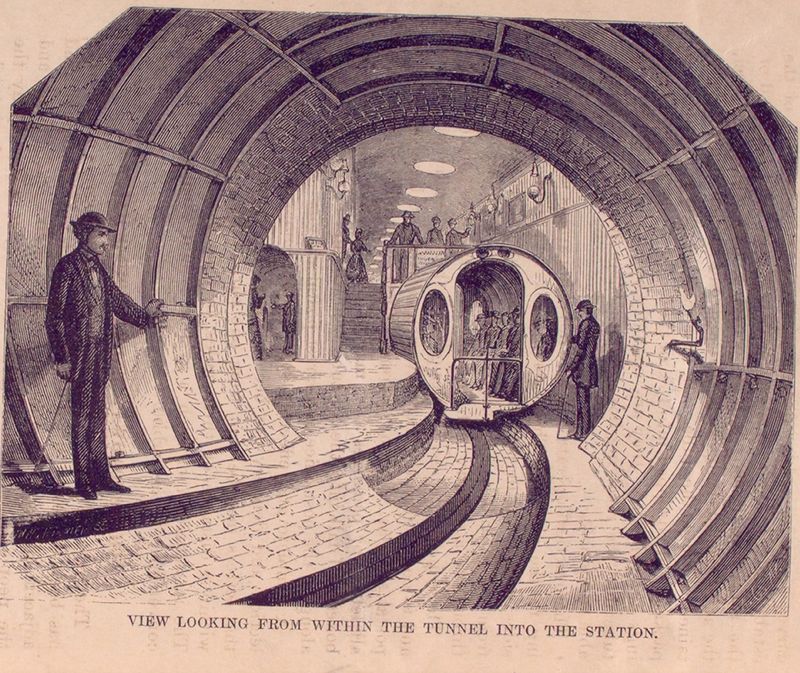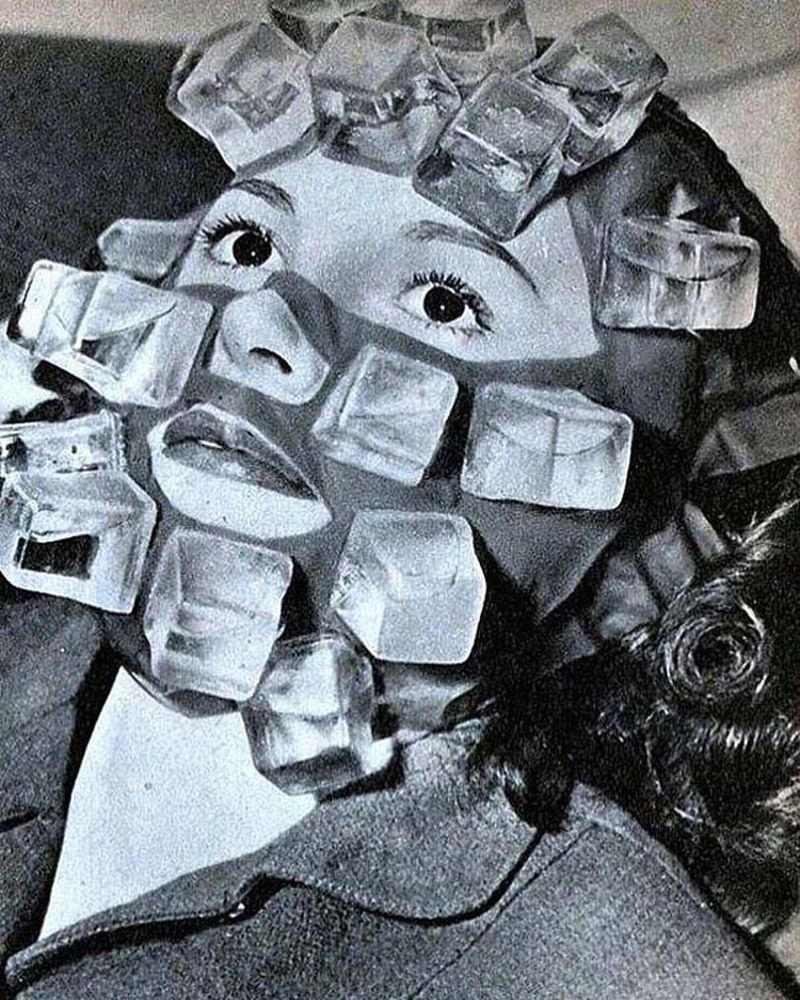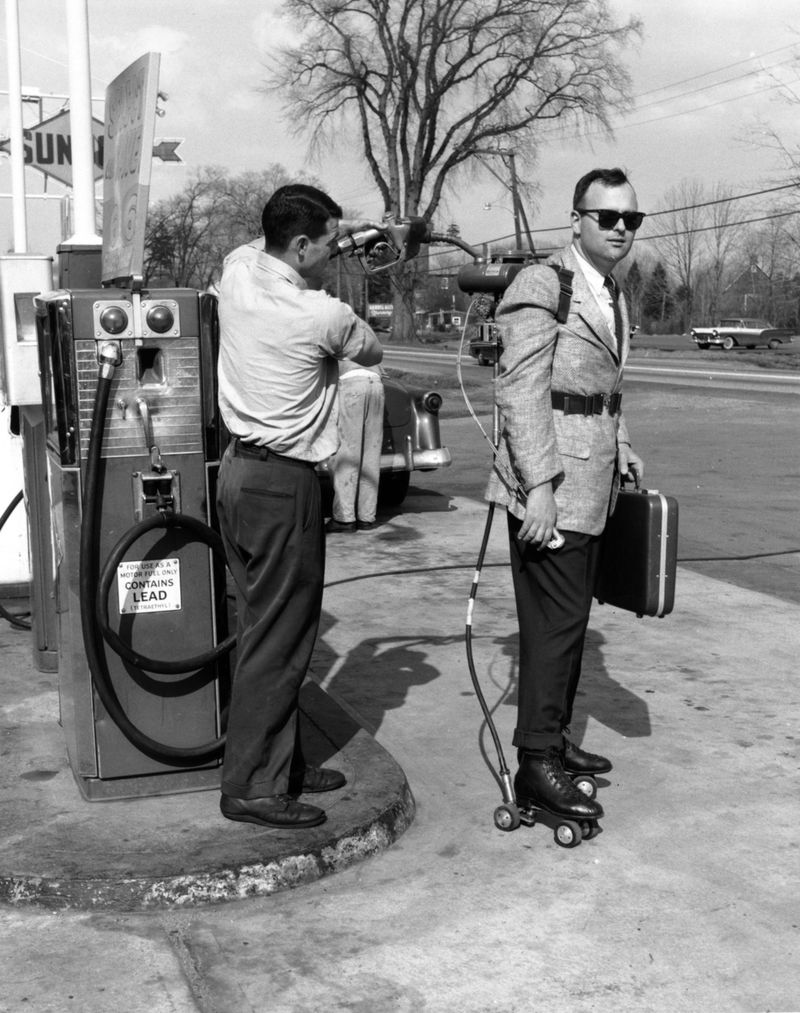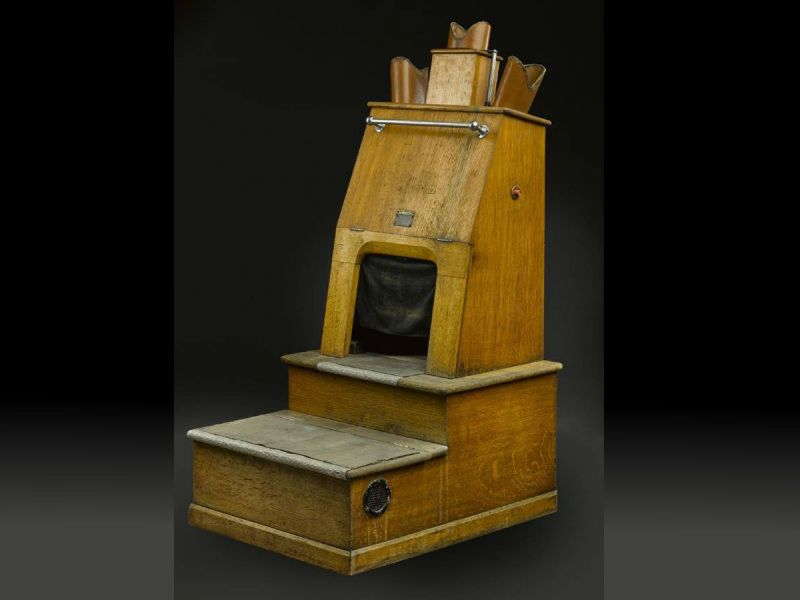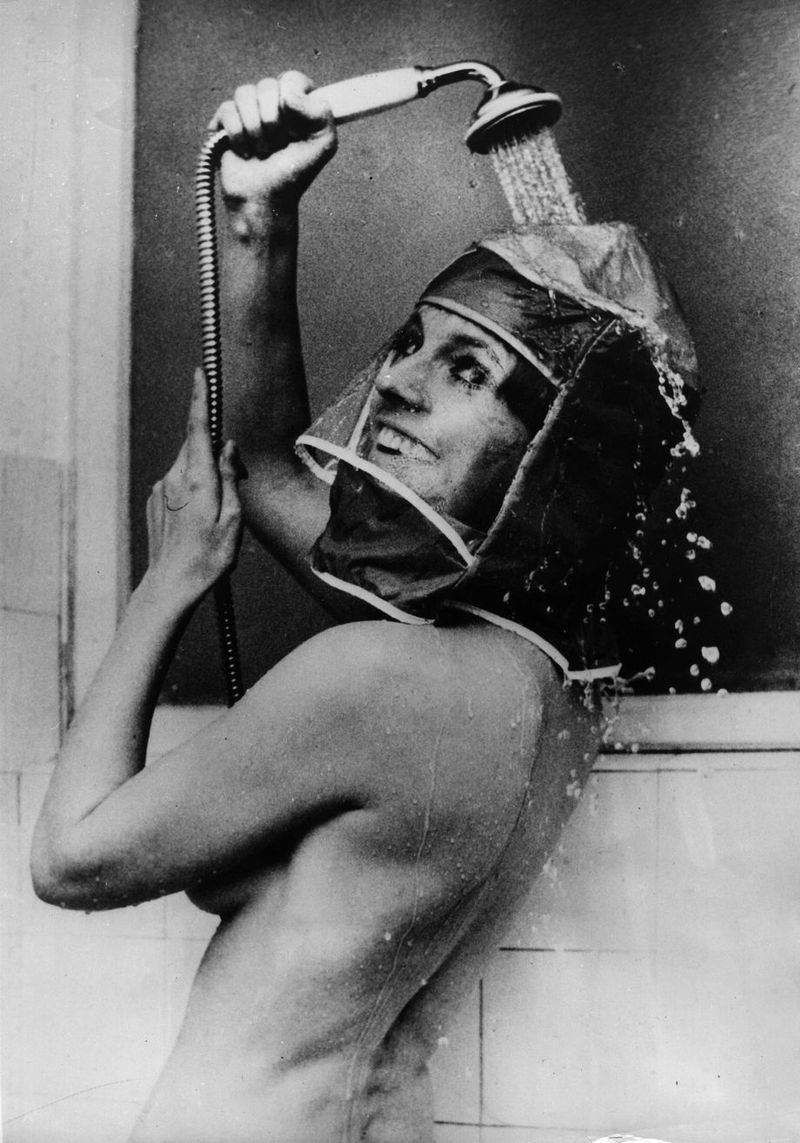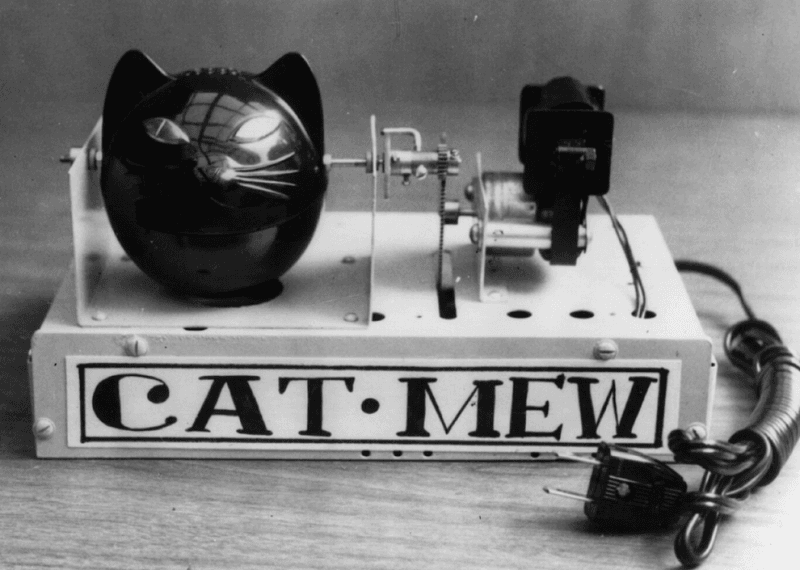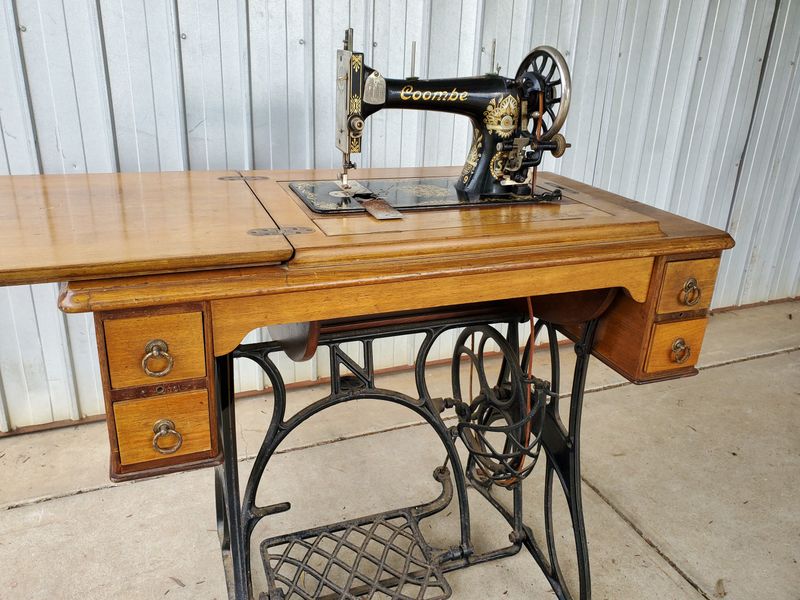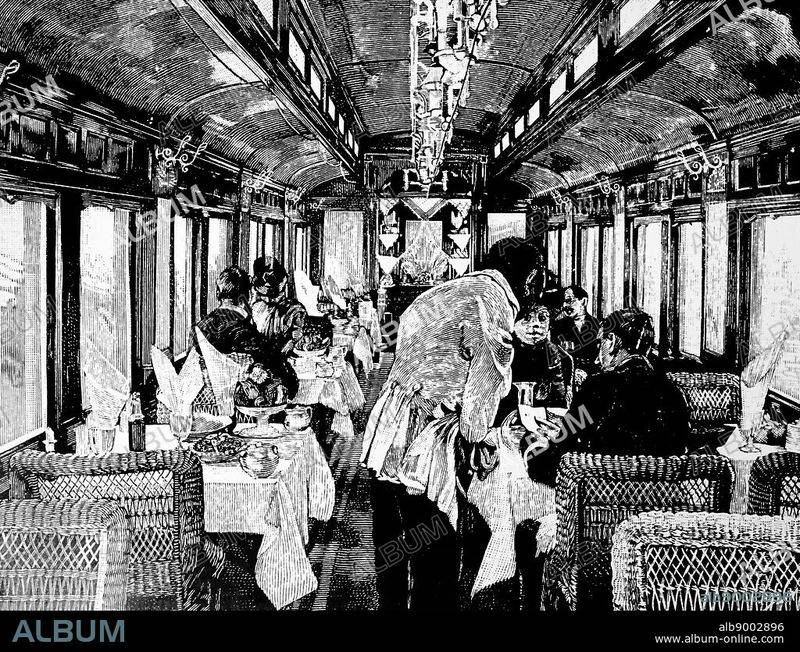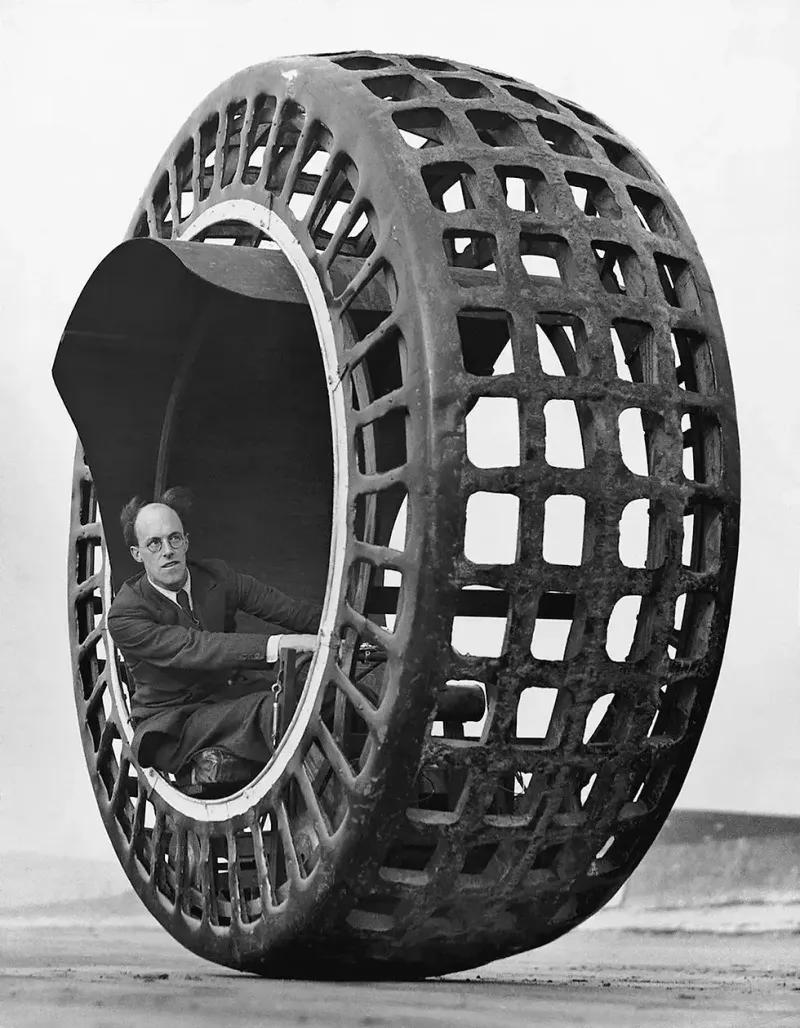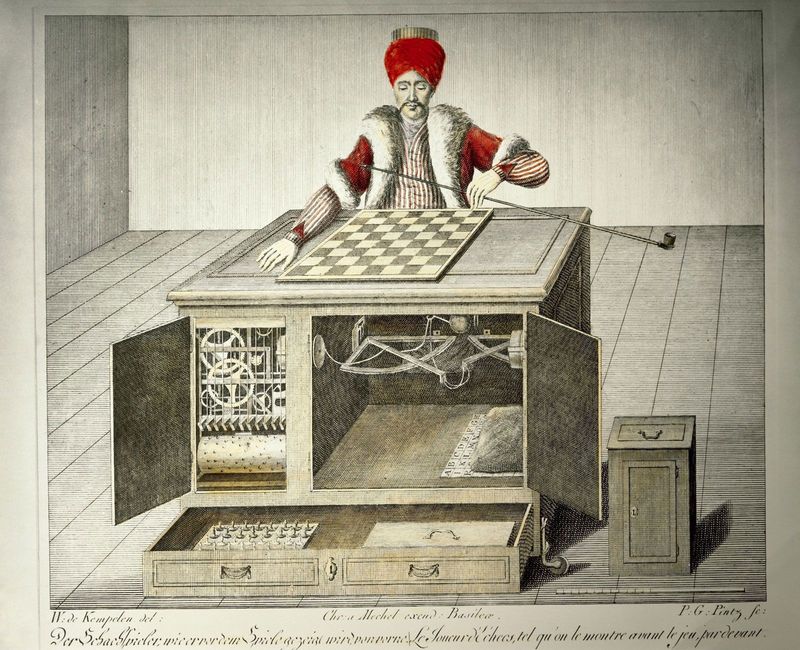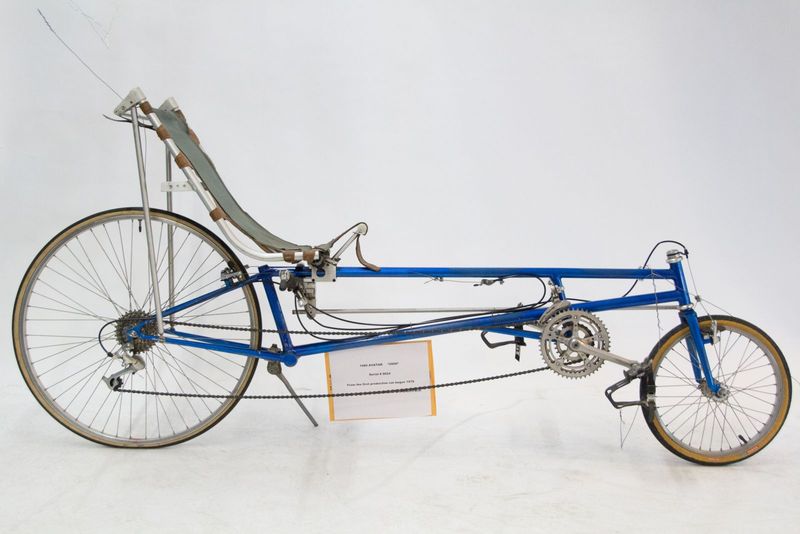Throughout history, inventors have come up with some truly bizarre creations. While some of these inventions were ahead of their time, others seemed to miss the mark entirely.
This blog post explores 15 such inventions, each with its own quirky charm and historical significance.
Join us as we dive into the world of strange gadgets and gizmos that reflect the creativity, ambition, and sometimes peculiar priorities of their creators.
1. The Radio Hat
The Radio Hat was a curious invention from the 1940s. This gadget combined a portable radio receiver with a fashionable hat, allowing wearers to listen to their favorite radio stations while on the go.
It featured a stylish design with a visible antenna, capturing attention wherever it was worn. Although innovative, the Radio Hat faced challenges with signal reception and practicality.
Despite its short-lived popularity, it remains a fascinating example of early wearable technology. Today, it is a reminder of the era’s ingenuity, paving the way for modern wearable devices.
2. The Cigarette Umbrella
Invented in the 1920s, the Cigarette Umbrella was designed to keep cigarettes dry on rainy days. This unusual accessory featured a small compartment attached to the umbrella’s handle, precisely sized for storing cigarettes safely.
Although practical in theory, it was cumbersome in practice, and never really caught on with consumers. Nevertheless, it reflects the era’s love for combining everyday items with luxury.
The Cigarette Umbrella remains a quirky chapter in the history of personal accessories, a testament to the creativity of past inventors.
3. The Pneumatic Subway
Long before electric subways became a staple of urban life, the Pneumatic Subway was a bold vision of underground transportation. Introduced in the 1860s, this system used air pressure to propel subway cars through tunnels, promising swift and efficient travel beneath bustling city streets.
However, the technology faced numerous challenges, including limited power and high operational costs. Despite these hurdles, the Pneumatic Subway captured the imaginations of city planners and commuters alike, leaving a lasting legacy in the evolution of public transit.
Its ambition and ingenuity inspired future developments in urban transportation, proving that even seemingly impractical ideas can shape the path of progress.
4. The Baby Cage
In the 1930s, the Baby Cage was designed to provide fresh air to city-dwelling infants. Hung outside apartment windows, these cages allowed babies to enjoy the outdoors safely.
While the concept seems alarming today, it was celebrated as innovative at the time. Parents believed it promoted health by exposing children to sunlight and fresh air.
The Baby Cage serves as a curious reminder of past parenting practices, reflecting the evolving understanding of child safety and wellness.
5. The Ice Mask
The Ice Mask was a beauty device from the 1930s that promised to rejuvenate skin and reduce wrinkles using cold therapy. Users wore a mask filled with ice cubes, believing it would invigorate their visage.
While based on some scientific principles, its discomfort and impracticality limited widespread use. It serves as an early example of beauty trends embracing natural elements.
Today, the Ice Mask is a quirky reminder of past beauty rituals and exemplifies the timeless quest for youthful skin.
6. The Motorized Roller Skates
Motorized Roller Skates from the 1960s promised a thrilling way to travel short distances. Equipped with small engines, they offered speed and excitement to adventurous users.
However, they proved challenging to control, and their cumbersome design deterred mainstream adoption. Safety concerns also overshadowed their appeal.
These motorized skates highlight the innovative spirit of the era, reflecting society’s fascination with personal transportation improvements and foreshadowing later advances in mobility technology.
7. The Dog Translator
The Dog Translator was an ambitious 1990s invention aimed at decoding canine barks into human language. This device captured dog sounds and attempted to translate them into simple phrases.
While the technology was intriguing, its accuracy and reliability were questionable. Nevertheless, it captured the imagination of pet owners eager to communicate with their furry friends.
Though not commercially successful, the Dog Translator represents early efforts in understanding animal language, a field still explored by researchers today.
8. The Pedoscope
Shoe shopping in the mid-20th century occasionally featured an unusual device known as the Pedoscope. This wooden X-ray machine allowed shoppers to see inside their shoes, supposedly ensuring the perfect fit by checking the position of the bones in their feet.
While the Pedoscope was popular for its novelty, it quickly became controversial due to the health risks associated with repeated exposure to X-rays. The device was eventually phased out as awareness of radiation dangers grew.
Nonetheless, the Pedoscope marked an interesting chapter in retail history, blending science and commerce in a way that sparked both curiosity and caution.
9. The Shower Hood
The Shower Hood, introduced in the 1940s, offered a unique solution to keeping hair dry while showering. It was a transparent hood worn over the head, diverting water away.
Though useful, it was cumbersome and awkward, leading to limited acceptance. Nonetheless, it highlights the era’s attempts at practical inventions.
The Shower Hood is a reminder of the constant quest for convenience in daily routines, paving the way for today’s more sophisticated shower accessories.
10. The Cat-Mew Machine
The Cat-Mew Machine, created in 1960s Japan, was designed to attract customers to stores by mimicking the sound of meowing cats. This mechanical cat was placed outside shops to draw attention.
While charming, its effectiveness was debatable, and it became more of a novelty than a commercial success. It’s an intriguing glimpse into marketing creativity of the past.
The Cat-Mew Machine remains a whimsical part of Japan’s rich history of inventive advertising techniques.
11. The Pedal-Powered Sewing Machine
In the early 1900s, the Pedal-Powered Sewing Machine revolutionized home crafting. It allowed users to sew without electricity, powered by foot pedals.
This invention was particularly valuable in rural areas, enabling self-sufficiency and creativity. While eventually replaced by electric models, its influence endures in today’s eco-friendly design trends.
The Pedal-Powered Sewing Machine exemplifies the blend of functionality and innovation, reflecting society’s adaptation to technological needs.
12. The Dining Car
Traveling in style reached new heights with the introduction of the Dining Car in the late 19th century. This mobile restaurant brought the luxury of fine dining to the railways, allowing passengers to indulge in gourmet meals while journeying across the countryside.
The Dining Car not only provided convenience and comfort but also transformed train travel into a social and culinary experience. It showcased the possibilities of merging technology with hospitality, setting the stage for modern luxury travel.
Though the Dining Car evolved over time, its original charm and sophistication continue to inspire the travel industry, reminding us of a golden era of elegant exploration.
13. The Monowheel
The monowheel was a single-wheeled vehicle that captured the imagination of early 20th-century inventors. Unlike a unicycle, the rider and engine were enclosed within the wheel itself, offering a futuristic yet precarious mode of transport. Though it promised mobility and novelty, steering and balance proved challenging.
Despite its impracticality, the monowheel symbolized the era’s fascination with mechanization and personal transport. Enthusiasts believed it could replace traditional bicycles and motorcycles, but safety concerns and handling issues curtailed its popularity. Nonetheless, it remains a captivating footnote in the history of transportation.
Today, the monowheel serves as an inspiration for modern inventors exploring innovative personal transportation solutions. Its distinct design continues to influence futuristic vehicle concepts, keeping the spirit of this unusual invention alive.
14. The Mechanical Chess Player (The Turk)
The Turk, a mechanical chess player, astonished audiences in the late 18th century with its apparent ability to play a strong game of chess against human opponents. Created by Wolfgang von Kempelen, this automaton was a marvel of its time, cleverly concealing a human operator inside its ornate cabinet.
Though it was eventually revealed as a hoax, The Turk captivated the public and inspired future generations of inventors and engineers. It highlighted the era’s fascination with automata and the growing interest in artificial intelligence.
The legacy of The Turk lives on in modern AI and robotics, serving as an early precursor to machines capable of complex tasks and strategic thinking. Its blend of showmanship and ingenuity continues to enchant those intrigued by the history of technology.
15. The Reclining Bicycle
The Reclining Bicycle from the 1980s offered a relaxed cycling experience with its laid-back seating design. It promised comfort and efficiency, appealing to leisure cyclists.
However, maneuverability issues and slower speeds limited its widespread adoption. Still, it represents a creative approach to enhancing cycling enjoyment.
This invention underscores the continuous quest for comfort in transportation, inspiring modern recumbent bicycle designs.
